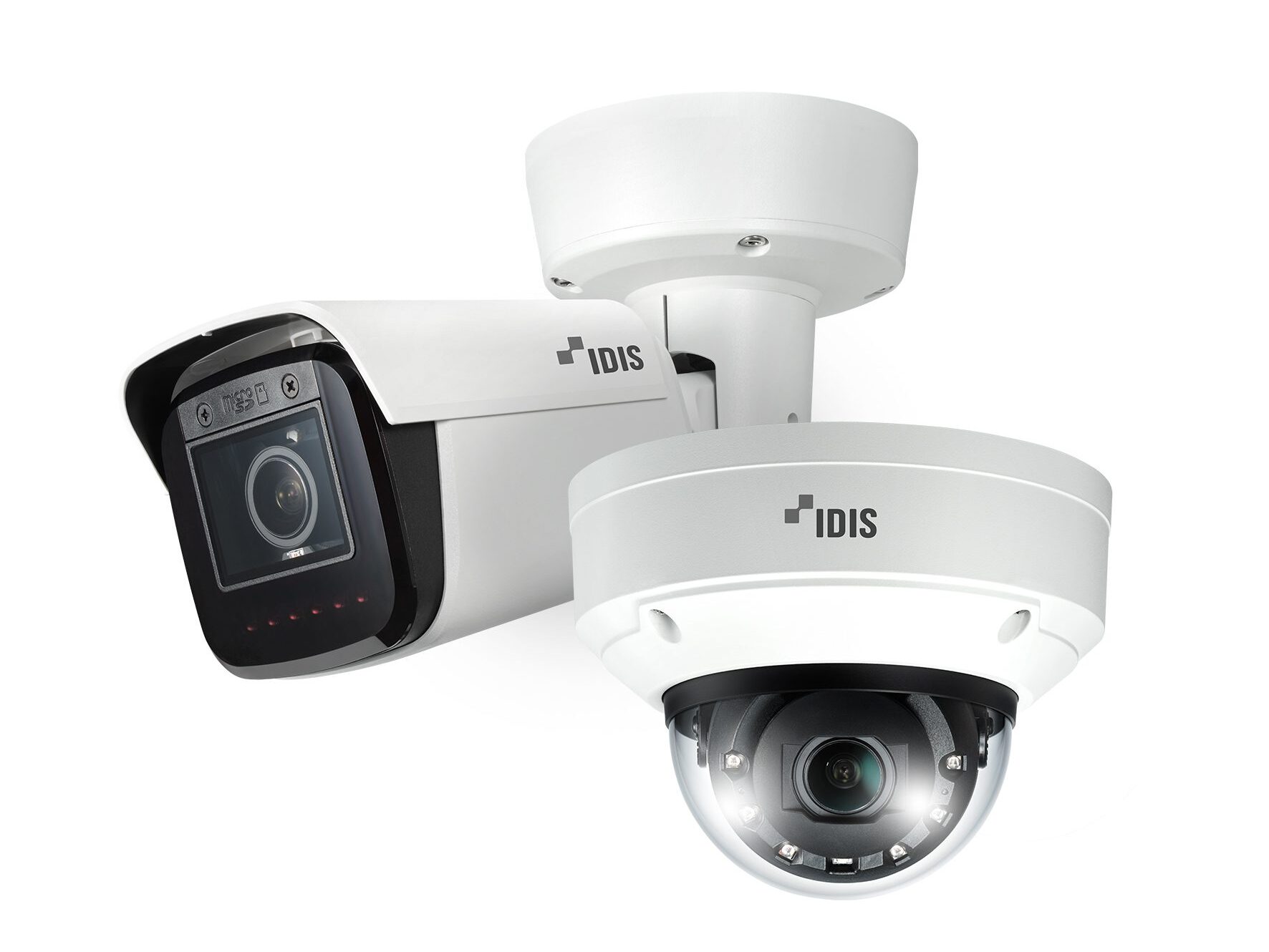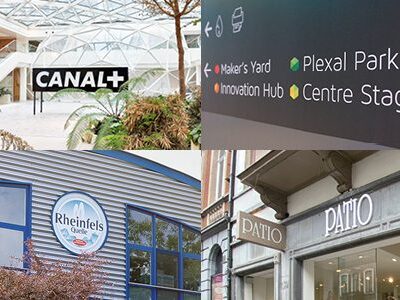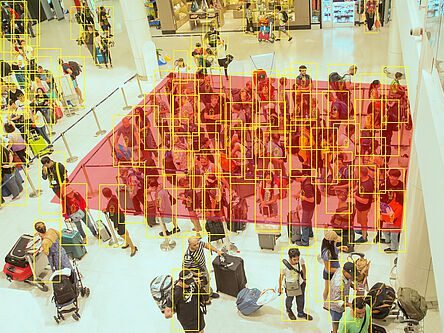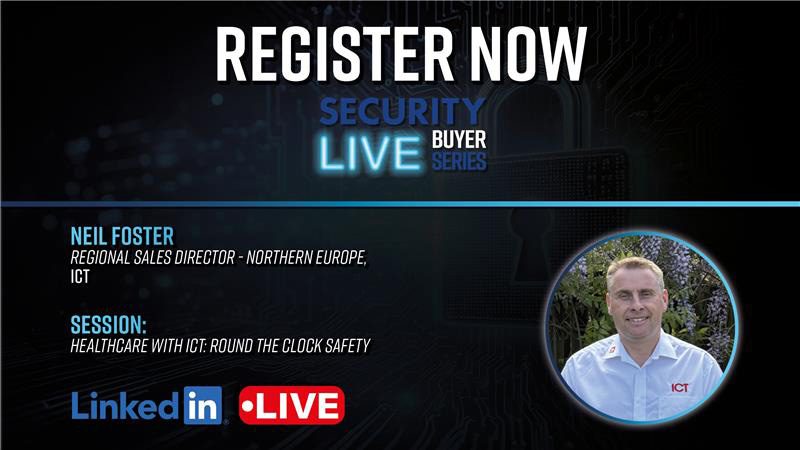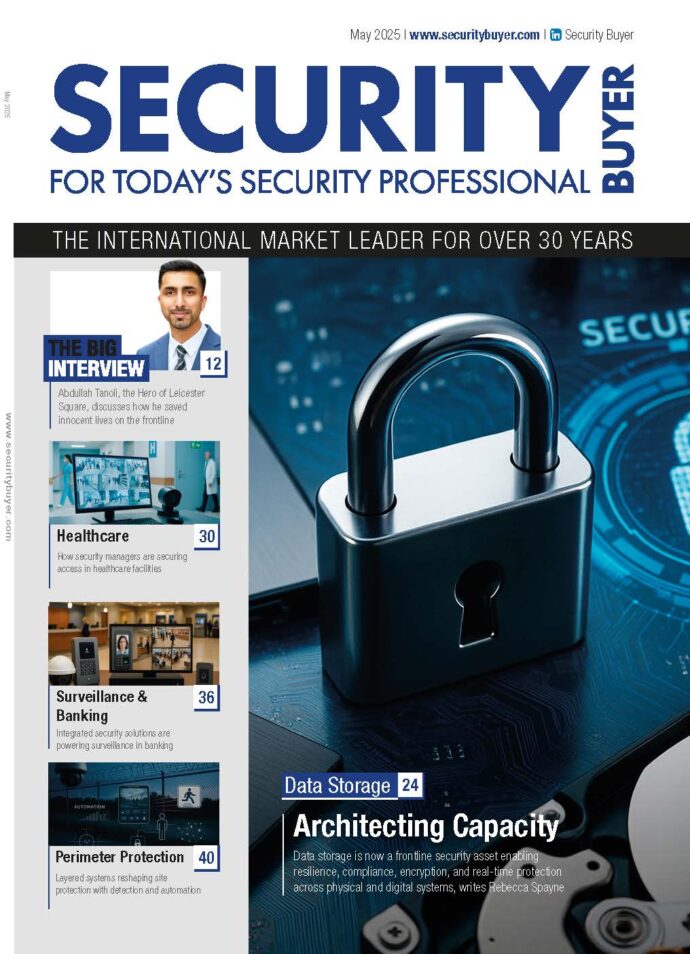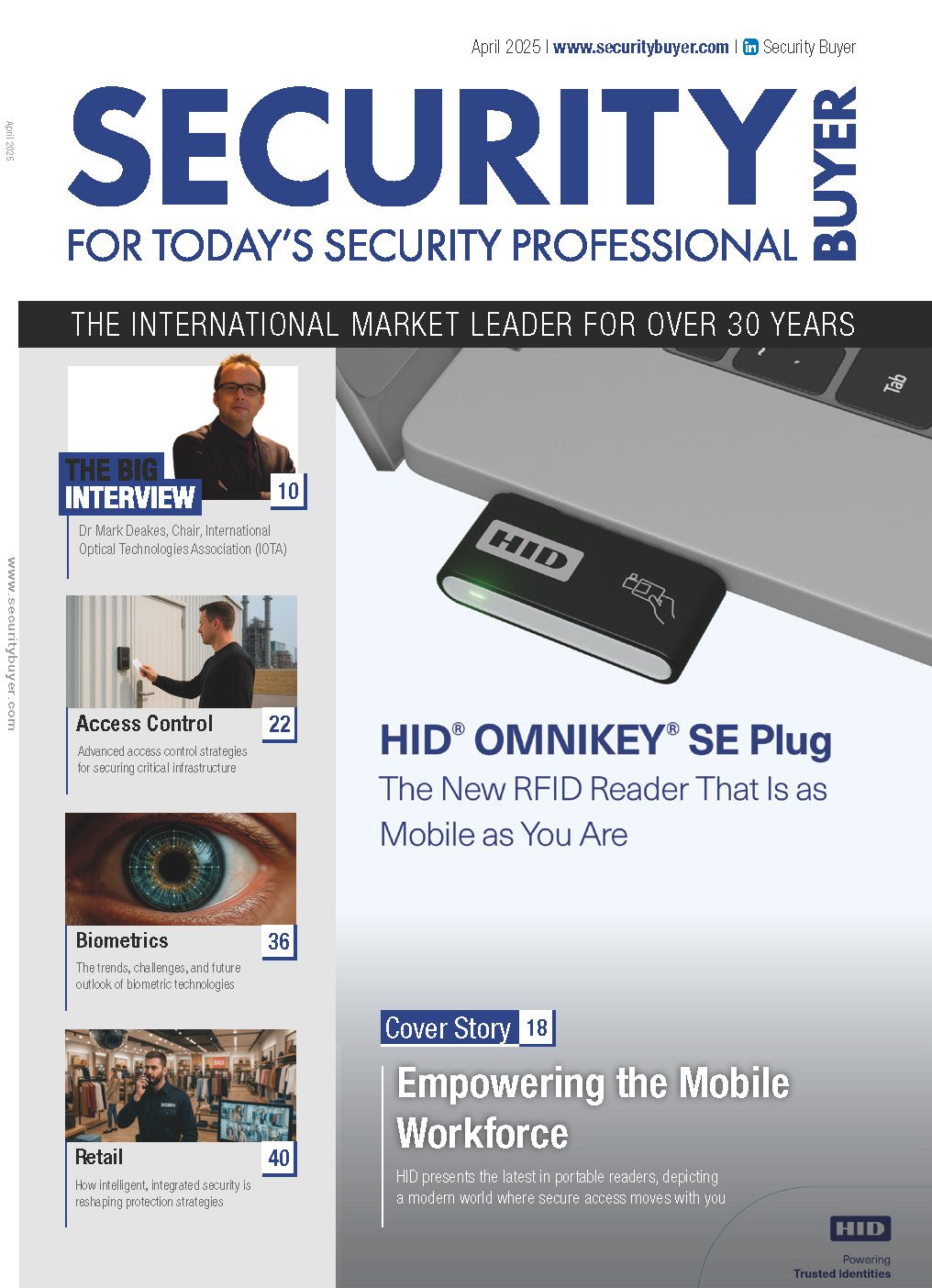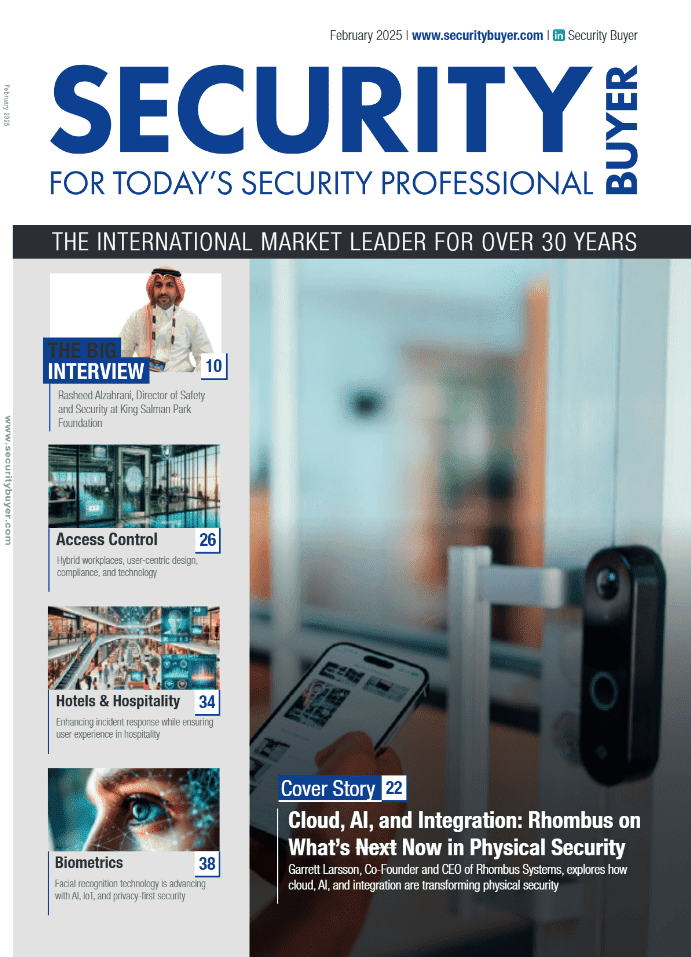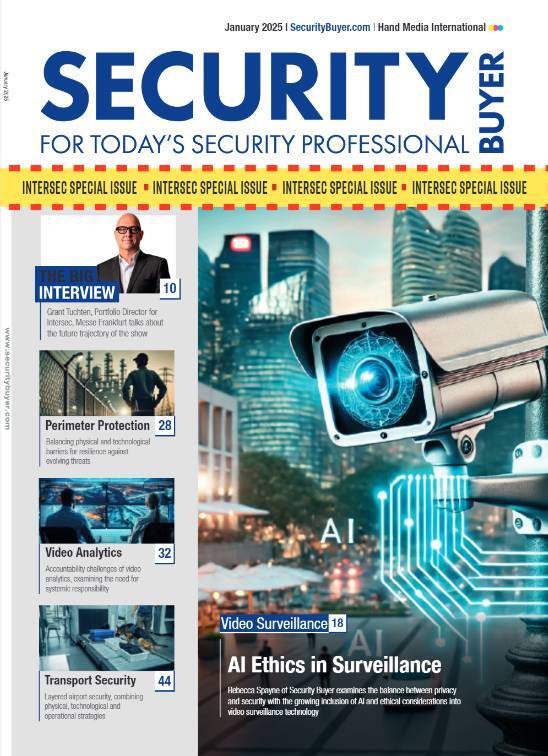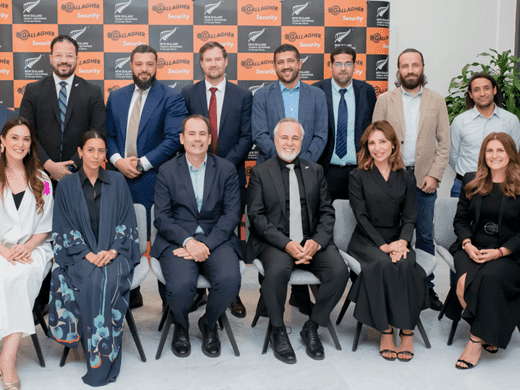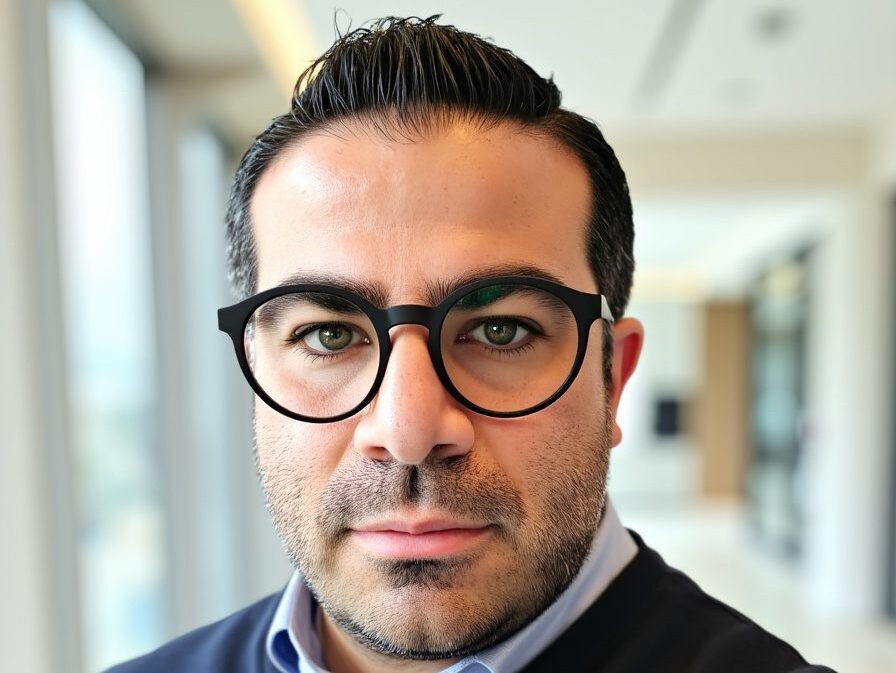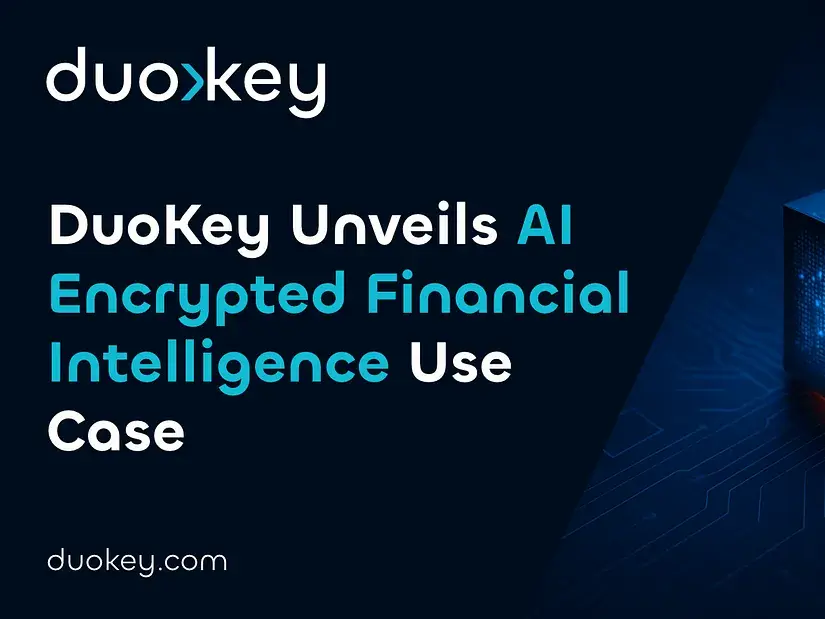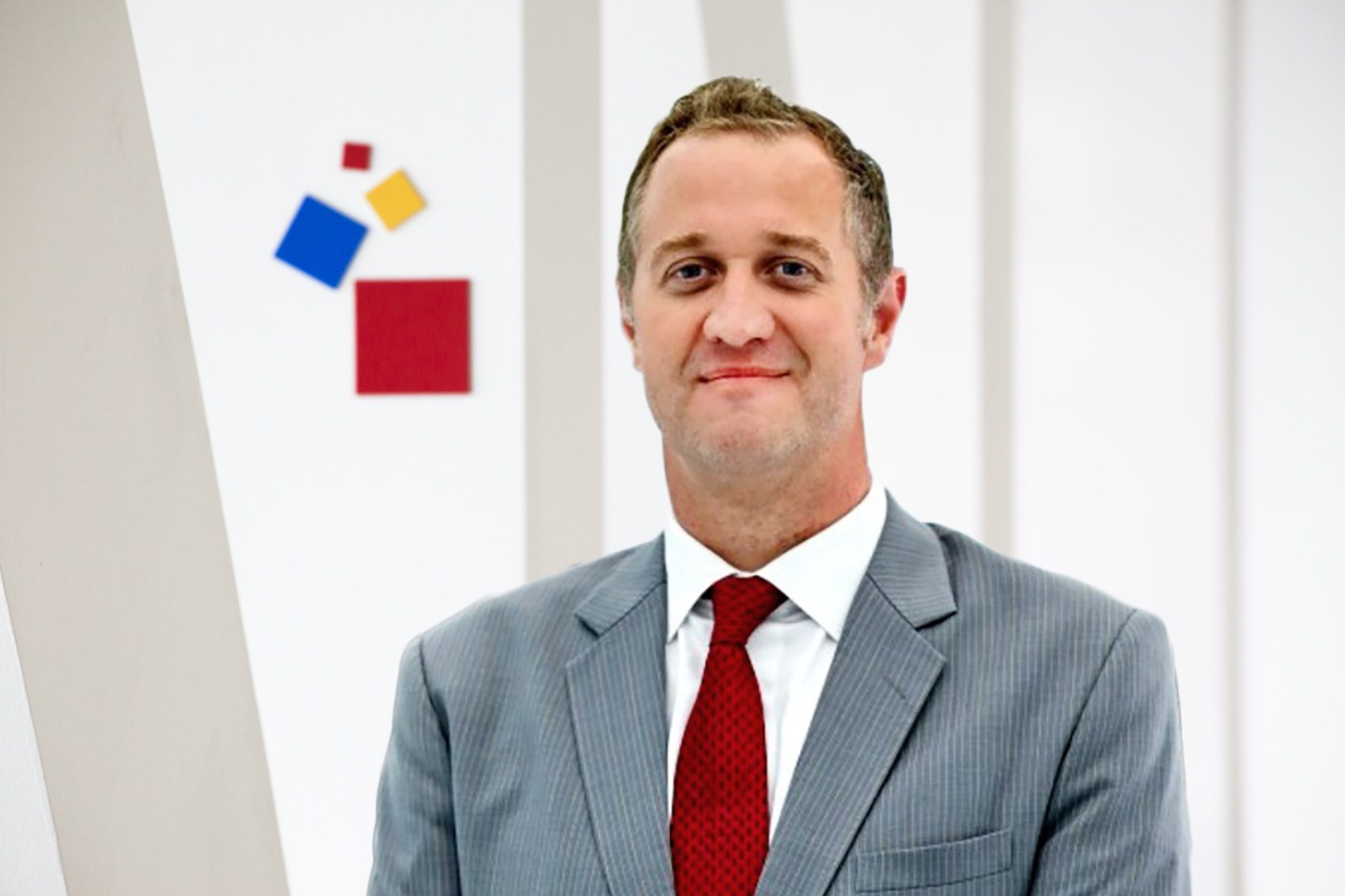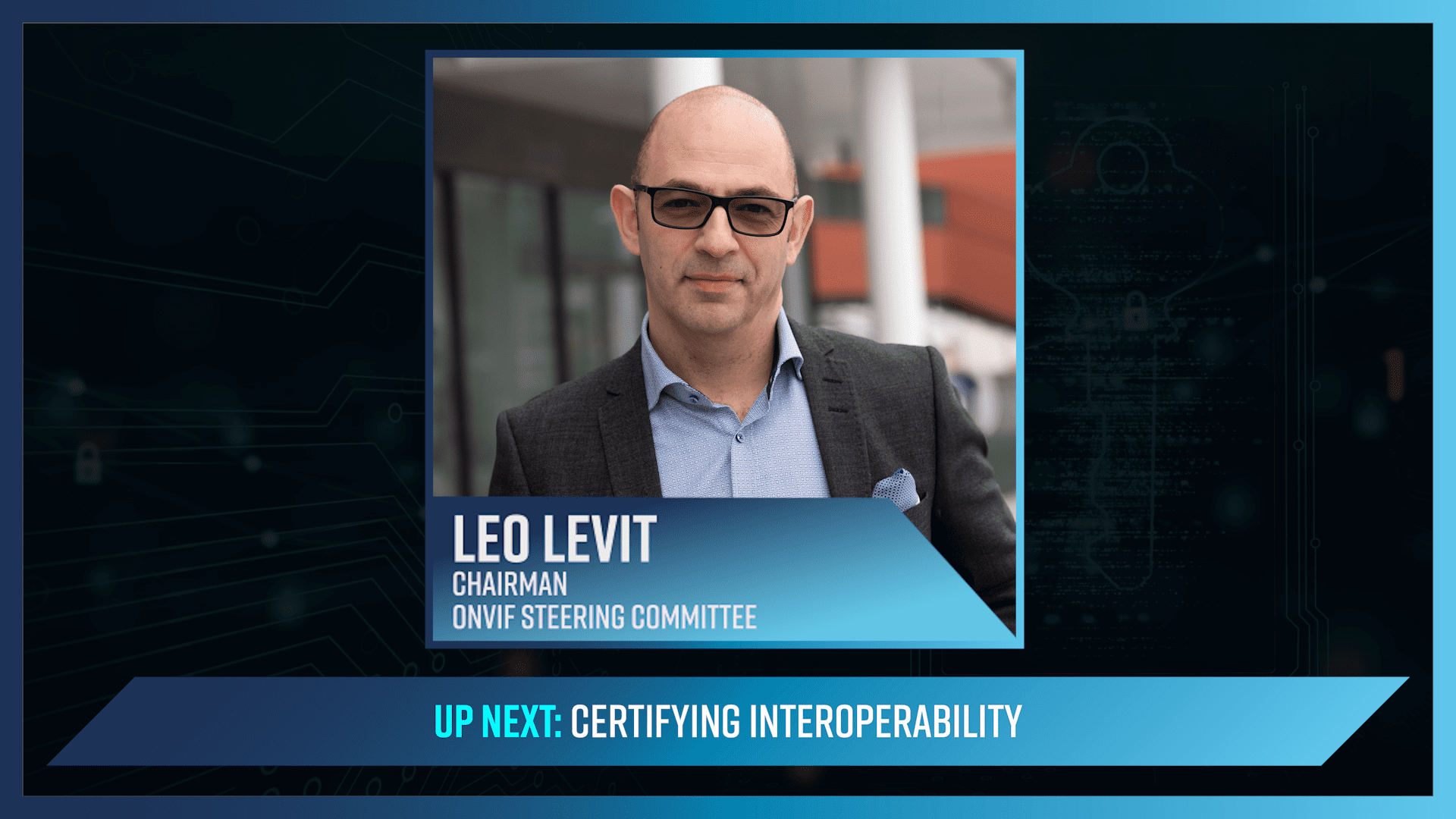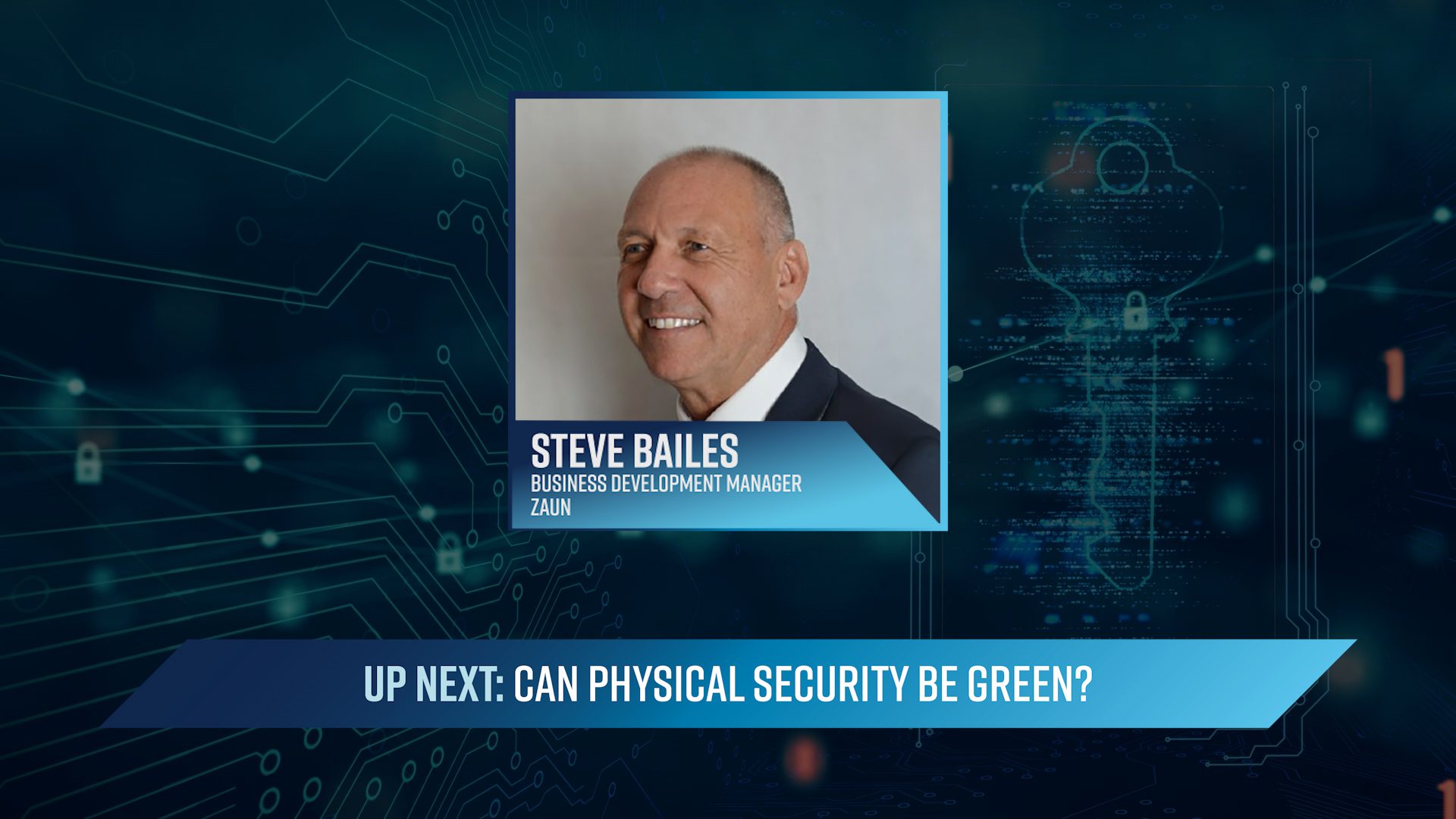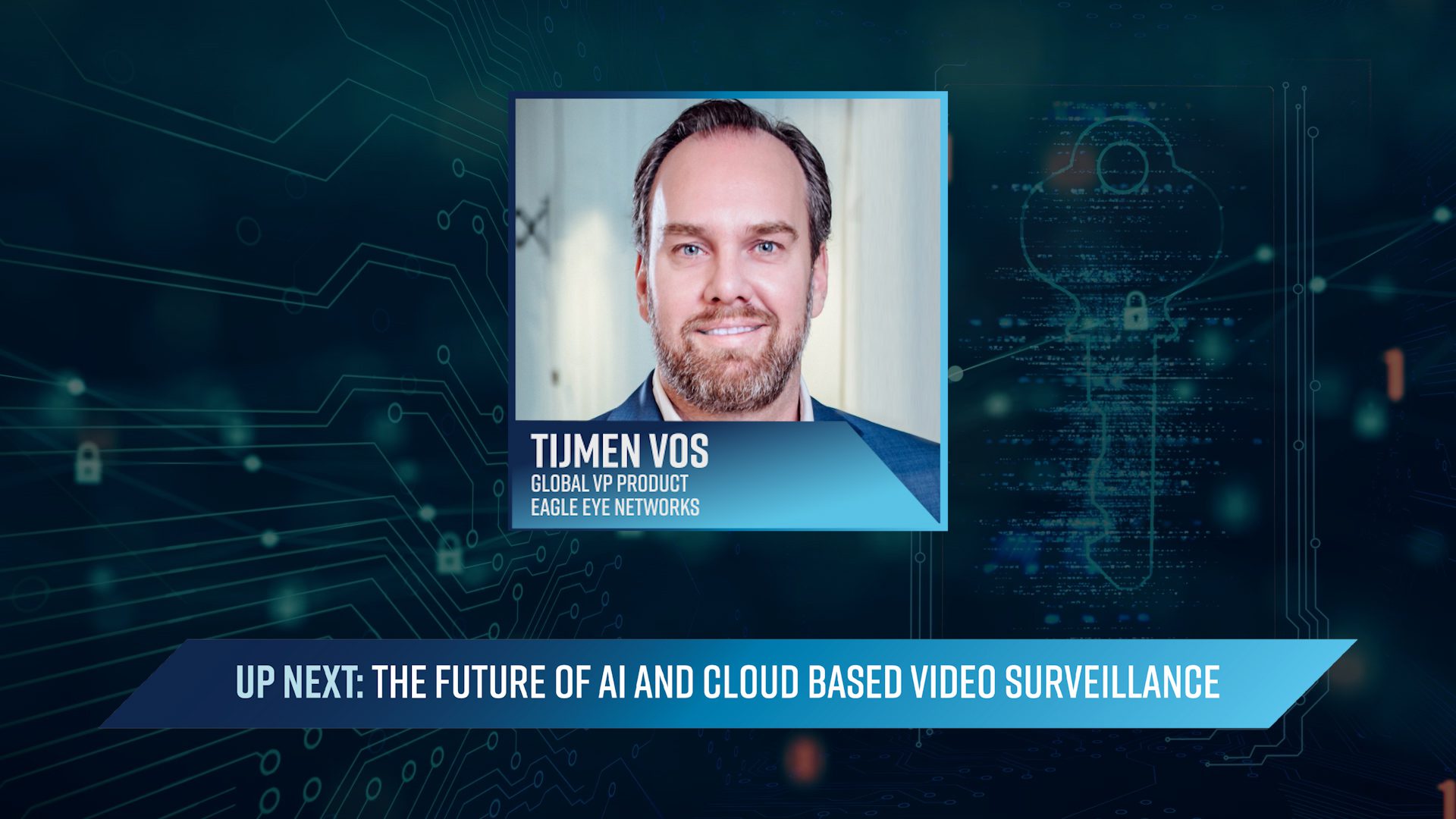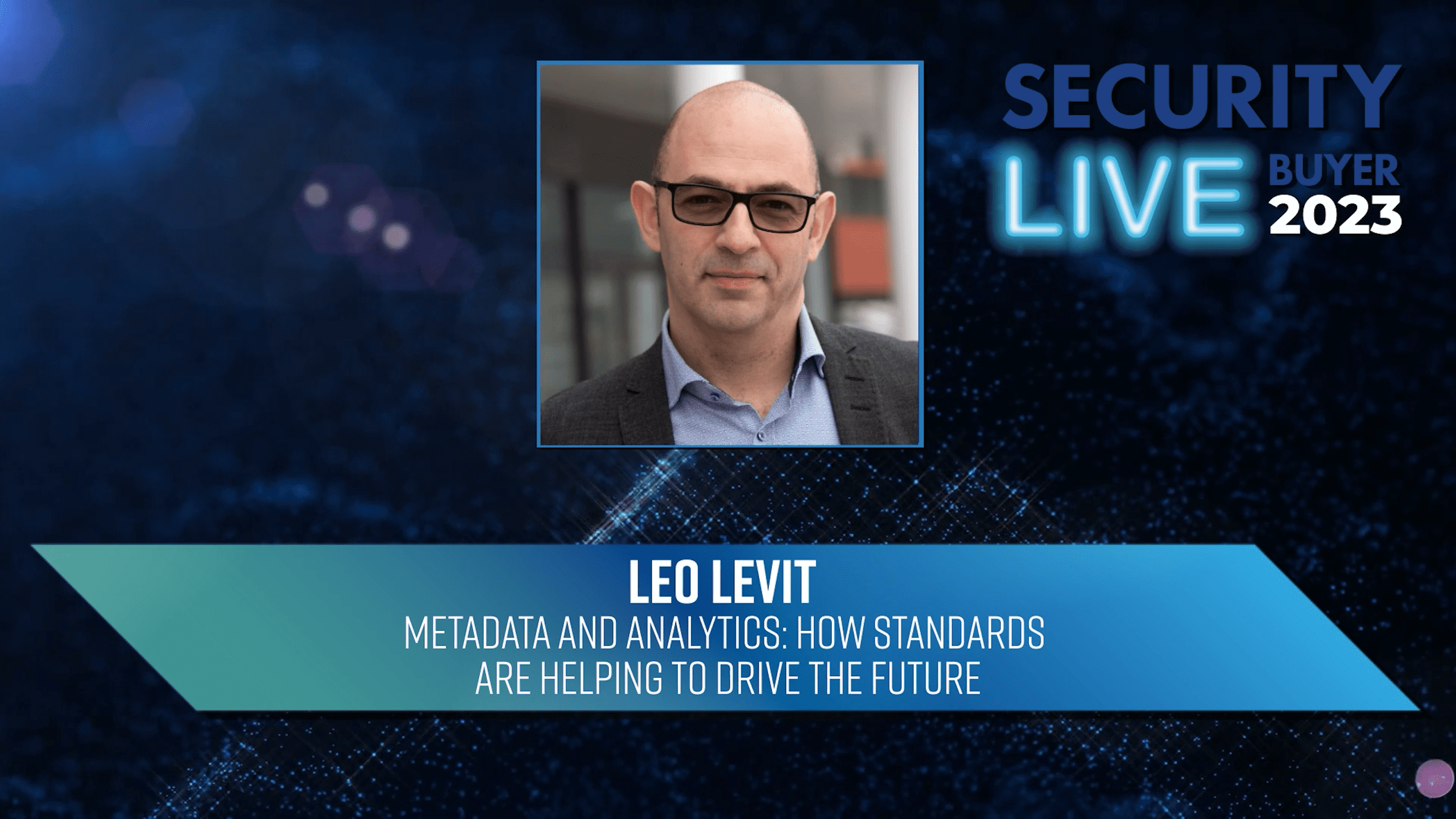Home » Middle east
Middle east
Stay ahead of the curve with real-time updates, expert insights, and breaking news from the global security industry. At Security Buyer, we bring you in-depth coverage on the latest trends, innovations, and developments shaping the world of physical, cyber, and operational security.
Check back regularly for the latest updates, and be sure to become a Security Buyer member to get access to our newsletters, videos and latest issues giving you direct access to top security stories as they happen.

AI and Ransomware: Cutting Through the Hype
cyber, Cybersecurity, Middle east, security, Surveillance, Veeam, video security, video surveillance
Rick Vanover, Vice President Product Strategy, Veeam discusses how It might be the great paradox: Artificial Intelligence (AI)….
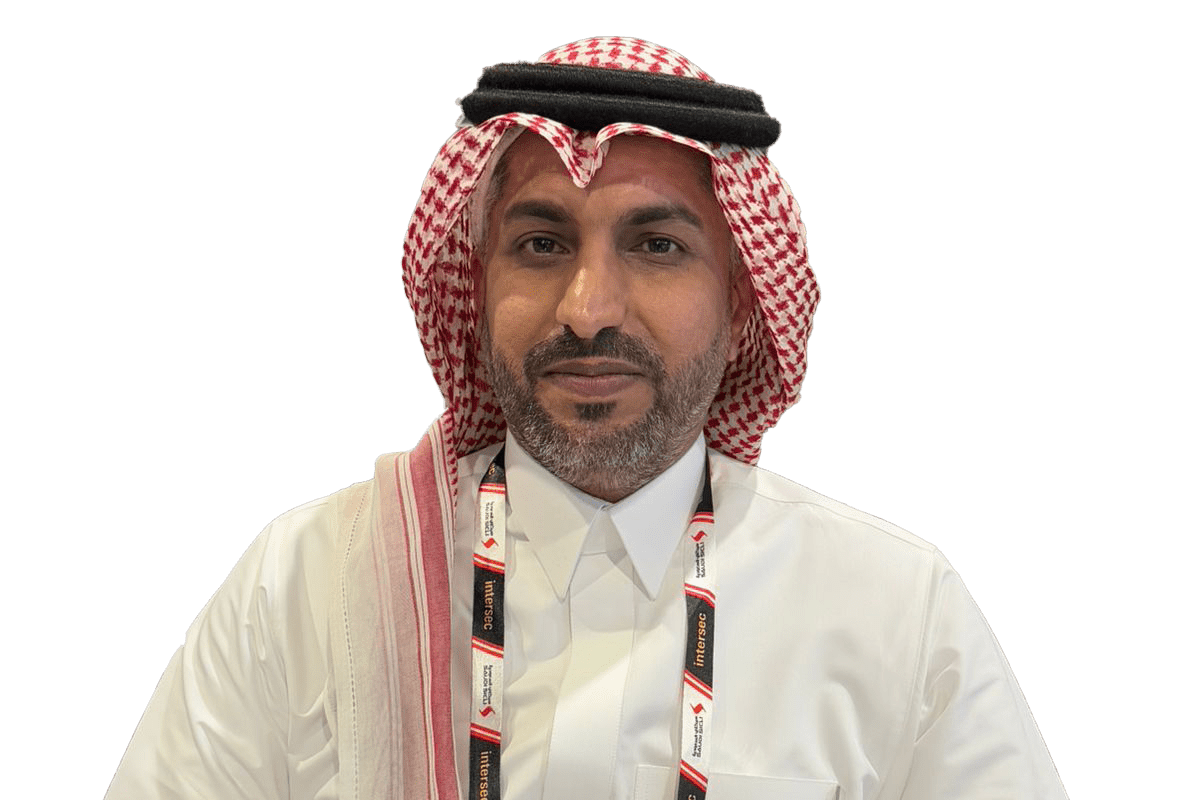
Big Interview – Rasheed Alzahrani
corporate, critical infrastructure, King Salman Park Foundation, Middle east, Rasheed Alzahrani, Saudi Arabia, security, Surveillance
Rasheed Alzahrani, Director of Safety and Security at King Salman Park Foundation, shares insights into innovative safety and security…

Mozn Unveils a New Generation of AI Fraud Prevention
AI, biometrics, fraud protection, Middle east, Mozn, security, Surveillance, video security, video surveillance
FOCAL by Mozn strengthens its Fraud Prevention Suite with Device Fingerprinting, Fraud Analytics, and Fraud Management as a Service…
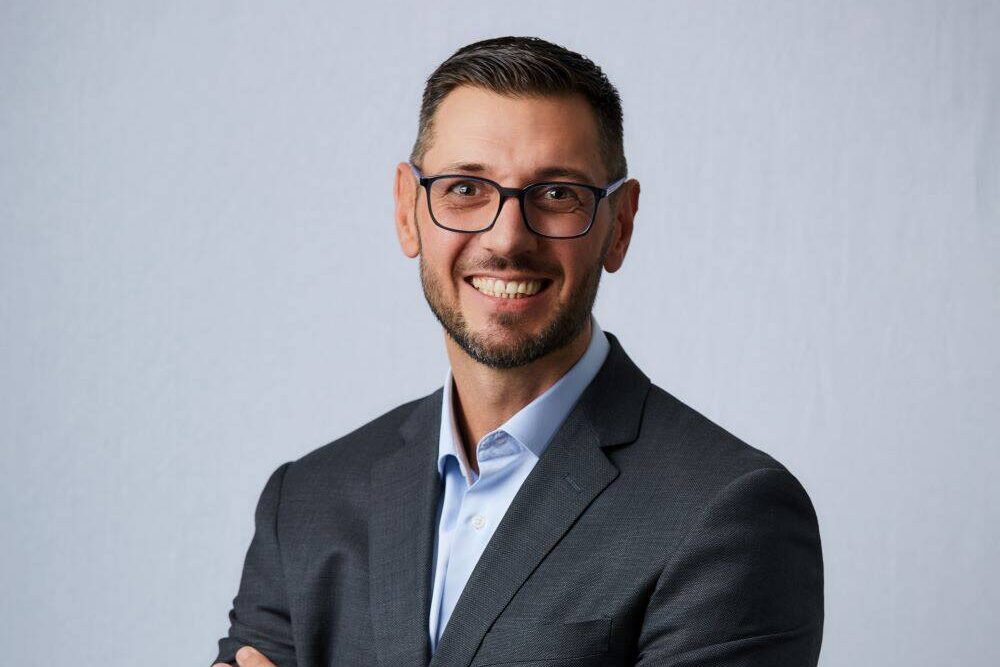
Axis Communications: Emerging trends in the Middle East
axis communications, Ettiene Van Der Watt, intersec, Middle east, security, Surveillance, video surveillance
Ettiene Van Der Watt, Regional Director, Middle East & Africa at Axis Communications spoke with International Security Buyer at Intersec..

